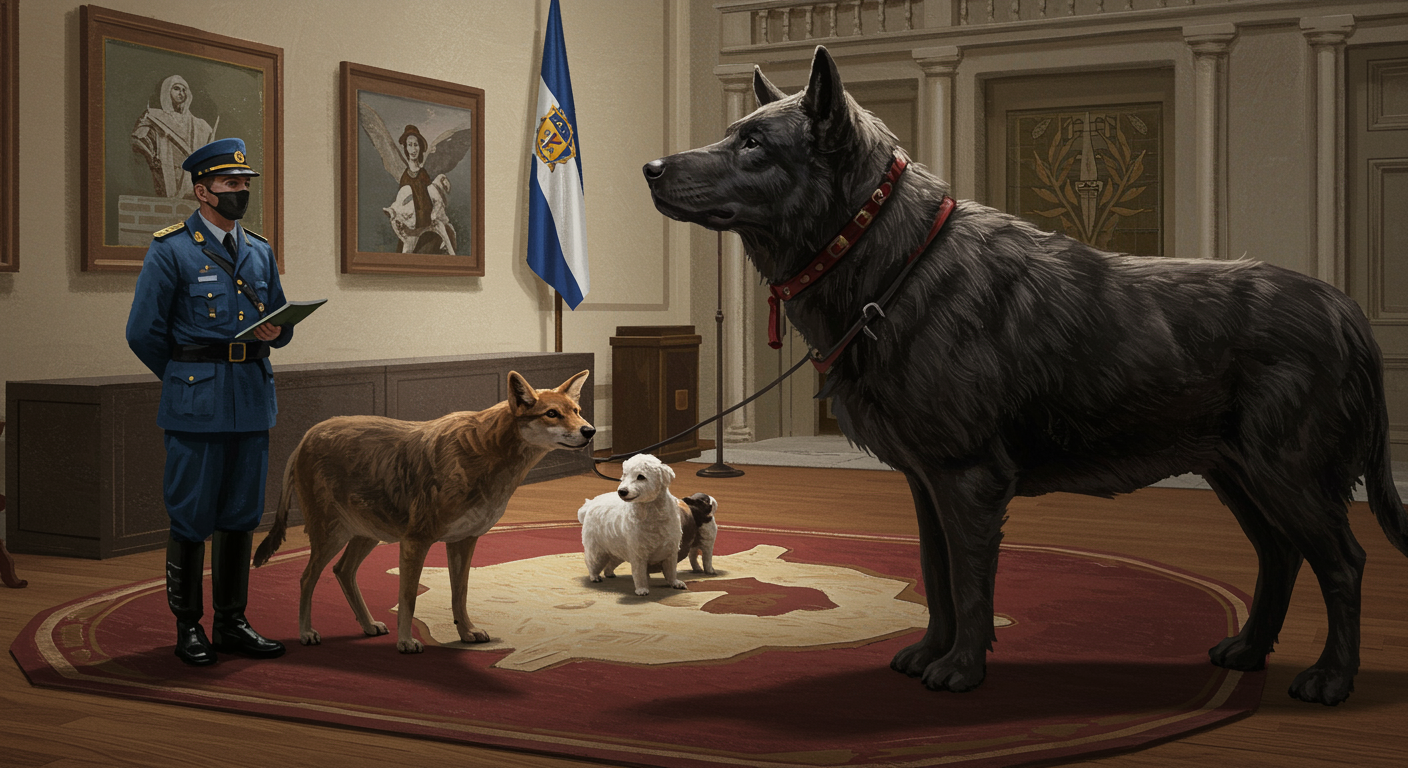
Imagine a courtroom. The judge presides, the jury listens intently, and a lawyer presents a passionate defense. All standard procedure, except for one striking detail: the defendant is not a human, but a domestic animal, perhaps a pig, draped in clothing and awaiting judgment for murder. This isn’t a scene from a whimsical fable; it was a curious and surprisingly common reality in European legal systems for centuries.
From the late Middle Ages through the early modern period, courts across Europe, particularly in France, Germany, and Switzerland, routinely heard cases against animals accused of various transgressions. These weren’t metaphorical condemnations or symbolic gestures. They were formal legal proceedings, complete with summonses, legal representation, witness testimonies, and often, grim sentences carried out with full judicial solemnity. This peculiar chapter in legal history offers a fascinating glimpse into past understandings of justice, morality, and the very nature of culpability.
The prevalence of these trials stemmed from a blend of theological beliefs and legal philosophy unique to the era. In a world deeply influenced by religious doctrine, animals were often perceived as more than just instinct-driven creatures. They were, in some contexts, seen as capable of moral agency or as instruments through which evil forces operated. If an animal caused harm, particularly death, it wasn’t simply an accident. It could be interpreted as an act deserving of retribution, much like a human crime. The concept of culpa, or guilt, extended beyond human actors, creating a framework where a sow could face the gallows for infanticide, just as a human might.
These animal trials adhered to the established legal protocols of their time. The accused animal would be arrested, sometimes held in custody, and then brought before secular or ecclesiastical courts. Crucially, they were often afforded legal counsel, frequently a publicly appointed lawyer who would argue for their innocence, cite mitigating circumstances, or even appeal verdicts. Witnesses, usually humans who observed the animal’s actions or the resulting harm, would provide sworn testimony. The entire process mirrored human criminal trials, underscoring the seriousness with which these cases were treated by the legal establishments of the age.
One of the most documented types of animal defendant was the pig. Their close proximity to human settlements and often free-roaming nature meant more opportunities for conflict, particularly with children. A notable case from 1457 in Savigny, France, saw a sow and her six piglets accused of murdering a five-year-old child. While the piglets were acquitted due to lack of evidence suggesting their direct involvement, the sow was convicted. She was subsequently dressed in human clothes, tortured, and hanged in the town square, a punishment deliberately mirroring that for human murderers. Similar proceedings involving cows, horses, and even dogs accused of offenses from property damage to assault are found in the historical records.
Beyond domestic animals, wild creatures and even insects found themselves on trial, typically in ecclesiastical courts. These cases often involved pests accused of destroying crops or spreading disease. In one remarkable instance from 1479 in Lausanne, Switzerland, a swarm of weevils was formally summoned to court. They were assigned a lawyer, who argued their right to exist and consume according to God’s will. After lengthy deliberations, the court eventually ordered their banishment, and upon their refusal to leave, they were solemnly excommunicated. Such proceedings illustrate the profound overlap between religious authority and secular law, where even the smallest creatures were subject to human justice, interpreted through a theological lens.
As legal thought evolved and scientific understanding progressed, particularly during the Enlightenment, the practice of trying animals began to wane. Philosophers like René Descartes, who viewed animals as mere biological automatons devoid of consciousness or moral agency, influenced a shift in perspective. The focus gradually moved away from an animal’s culpability and towards the human responsibility for managing them or addressing the damage they caused. Animals came to be seen as property, and legal action typically focused on compensation for damages rather than criminal punishment.
These curious historical trials serve as more than just an oddity. They are a profound window into how past civilizations grappled with questions of responsibility, law, and their place in the natural world. They reveal societies that saw a direct, often moral, link between the actions of animals and divine order. Examining these cases invites us to reflect on the deep historical roots of our legal systems and how dramatically our definitions of guilt and justice have transformed. It’s a reminder that even our most fundamental legal concepts are dynamic, shaped by culture, belief, and the ever-evolving understanding of our complex world.